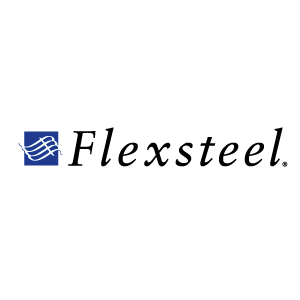Flexsteel Reports a Decline in Second Quarter

Flexsteel Industries has reported second quarter and fiscal year-to-date financial results, showing net sales were $118.4 million for the quarter compared to record net sales of $129.4 million in the previous year quarter, a decrease of 8.5 percent. Net sales were $231.8 million for the six months ended December 31, 2018, a decrease of 7 percent from the previous year period.
For both the quarter and the six-month period compared to prior year, lower residential net sales were primarily driven by decreased unit volume in residential ecommerce product, followed by lower unit volume in home furnishings products. Overall, on a sequential quarter basis, residential product unit volume excluding products sold through ecommerce distribution, improved by a percentage in the low-single digits.
Higher second quarter contract net sales were primarily driven by double-digit increased volume in RV and healthcare products offset by the delivery timing of hospitality products and the previously disclosed plan to decrease sales to certain commercial office product customers.
Gross margin as a percent of net sales for the quarter ended December 31, 2018 was 18.2 percent, compared to 21.2 percent for the prior year quarter. For the six months ended Dec. 31, gross margin as a percent of net sales was 18.7 percent, compared to 21.5 percent for the previous year period.
The quarter and six-month period decrease in gross margin as a percentage of net sales was primarily driven by increased labor and raw material costs, partially offset by sell price increases.
For the six months ended Dec. 31, capital expenditures were $17.5 million including $13.3 million for the construction of a new manufacturing facility.
Management is focused on making progress in three key areas to improve operating results:
- SAP stabilization and finalizing the future roll out plan;
- Productivity improvement and operational execution; and
- Current and future tariff mitigation.
The company has worked to reduce Chinese sourced product costs in order to mitigate the size of sell price increases passed through to the marketplace during the first tariff implementation in September 2018. Although difficult to quantify, the company believes there has been an adverse impact on order rates due to the current tariff level as some retailers have altered buying patterns and quantities since tariff implementation.
The company anticipates additional volume declines if the tariff is escalated to 25 percent in March 2019. In preparation for the potential 25 percent tariff, the company is aggressively working on supply chain realignment to provide cost reductions and mitigate price increases. Depending on the level of price increase at wholesale, which passes through to retail, there could be significant volume contraction in residential home furnishings. Inability to reduce Chinese sourced product costs or pass through pricing to mitigate the tariffs poses significant risk to current and future earnings.



